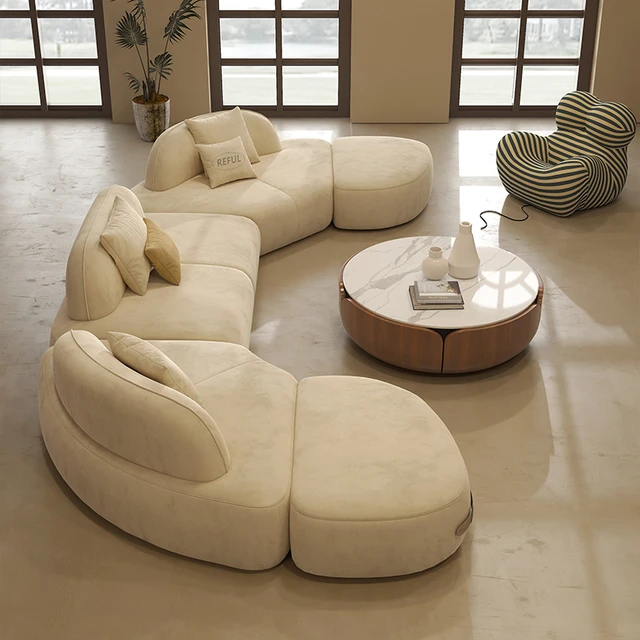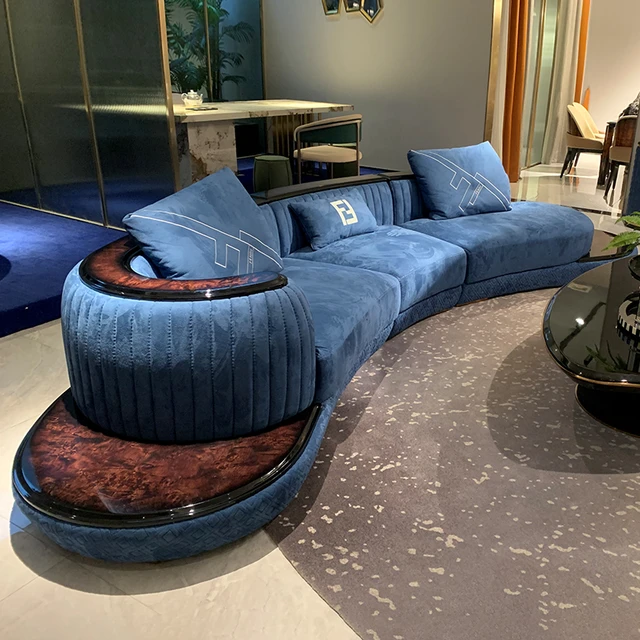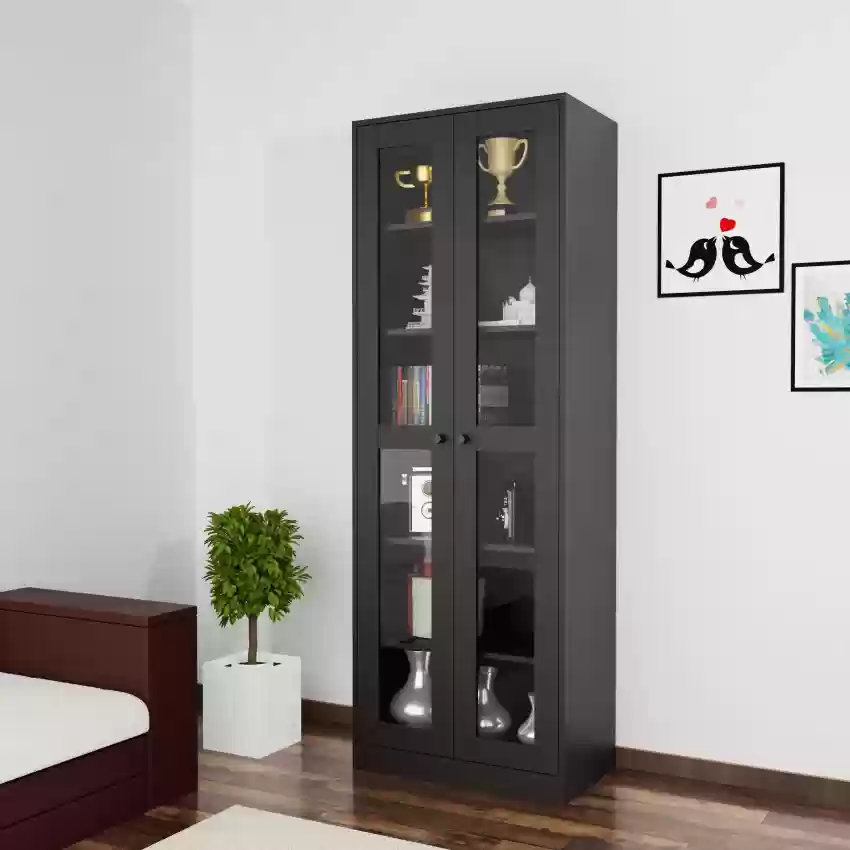 Introduction:
Introduction:
The length of a sofa is a crucial consideration when choosing the right furniture for your living space. Understanding the average length of a sofa can help ensure that it fits properly, provides ample seating, and complements the overall aesthetic of your room. In this comprehensive guide, we will explore the importance of sofa length, measurement considerations, popular sofa types and their average lengths, and tips for selecting the perfect sofa length for your home.
 Understanding Sofa Length
Understanding Sofa Length
Definition:
Sofa length refers to the measurement from one end of the sofa to the other.
It determines the overall size and seating capacity of the furniture.
Importance of Sofa Length:
The length of a sofa affects its functionality, the number of people it can comfortably accommodate, and its visual impact in the room.
Selecting the appropriate length contributes to a well-balanced and comfortable living space.
Measurement Considerations
External Measurements:
Measure the sofa length on the outer dimensions from the widest points, typically the armrests.
Consider any additional features, such as reclining mechanisms or chaise lounges, when measuring.
Cushion Overhang:
Take cushion overhang into account when measuring the length.
This refers to the distance that cushions extend beyond the frame of the sofa.
Room Size and Proportion:
Consider the size of the room where the sofa will be placed.
Ensure that the length of the sofa allows for adequate walking space around it and maintains visual proportion with other furniture and decor.
 Popular Sofa Types and Average Lengths
Popular Sofa Types and Average Lengths
Standard Sofa:
A standard sofa typically ranges from 78 to 84 inches in length.
This size comfortably seats three people and is suitable for medium-sized living rooms.
Loveseat:
Loveseats are smaller sofas designed to accommodate two people.
They typically measure around 55 to 70 inches in length.
Apartment Sofa:
Apartment sofas are compact options, primarily designed for smaller living spaces.
They usually range from 60 to 72 inches in length, offering comfortable seating for two people.
Sectional Sofa:
Sectional sofas come in various configurations, providing flexibility in seating arrangements.
The average length of a sectional sofa can vary greatly depending on the design and number of sections, ranging from 80 inches to 150 inches or more.
 Selecting the Perfect Sofa Length
Selecting the Perfect Sofa Length
Consider Room Size and Layout:
Measure your living room to determine the available space for the sofa.
Consider other furniture, walkways, and any potential obstructions.
Seating Capacity:
Determine your seating needs and preferences.
If you have a large family or frequently host guests, opt for a longer sofa or a sectional to accommodate everyone comfortably.
Visual Proportion and Balance:
Take into account the size of other furniture pieces and decor in the room.
Ensure that the length of the sofa maintains visual balance and proportion with the rest of the space.
Consider Scale and Style:
Understand the overall style and scale of the room.
Choose a sofa length that matches the intended aesthetic, whether it’s a sleek and modern design or a more traditional and plush look.
To clean a sofa, follow these steps:
Check the care label:
Before cleaning, refer to the care instructions provided by the manufacturer. The care label will specify the recommended cleaning method for your specific sofa.
Vacuum:
Start by using a vacuum cleaner with an upholstery attachment to remove loose dirt, dust, and debris from the sofa’s surface and crevices. Pay attention to the cushions and any removable covers as well.
Spot clean small stains:
For small stains on the sofa, prepare a solution of mild detergent and warm water. Test the solution on a hidden or inconspicuous area of the sofa first to ensure it won’t cause any discoloration or damage. Dip a clean cloth or sponge into the solution, wring out excess moisture, and gently blot the stain, working from the outside in. Avoid rubbing or scrubbing, as this can push the stain further into the fabric. Rinse the cloth or sponge with clean water and continue blotting until the stain is removed. Blot the area with a dry cloth or paper towel to absorb excess moisture.
Deep clean:
If the care label allows for it, you can deep clean the sofa using appropriate upholstery cleaner or foam. Follow the instructions on the cleaner and apply it to the sofa’s surface using a soft brush or sponge. Work the cleaner into the fabric, following the manufacturer’s guidelines. Rinse off the cleaner with a clean, damp cloth or sponge, and ensure that you remove all traces of the cleaning solution. Remove excess moisture by blotting with a dry cloth or towel.
Drying:
After cleaning, allow the sofa to air dry completely. Open windows or use fans to speed up the drying process. Avoid sitting or using the sofa until it is fully dry to prevent any potential damage or color transfer.
Cushion care:
If the sofa has removable cushion covers, follow the care instructions provided by the manufacturer. Some cushion covers may be machine washable, while others may require professional cleaning. Ensure that the covers are fully dry before putting them back on the cushions.
Professional cleaning:
If the sofa is heavily soiled or made from delicate fabric, it is advisable to hire professional upholstery cleaners. They have the expertise and specialized equipment to clean and restore the sofa without causing damage.
Always follow the manufacturer’s instructions and test any cleaning products or methods on a small, inconspicuous area of the sofa first to ensure compatibility and avoid any potential damage. Regular maintenance and prompt attention to spills or stains will help keep your sofa looking clean and prolong its lifespan.
 Conclusion:
Conclusion:
The average length of a sofa is an essential consideration when selecting furniture for your living space. Understanding the importance of sofa length, measuring considerations, and popular sofa types with their average lengths will assist you in making an informed decision. Whether you opt for a standard sofa, loveseat, apartment sofa, or sectional, consider factors such as room size, seating capacity, visual proportion, and overall style. By choosing the right sofa length, you can create a comfortable and visually pleasing living space that enhances your daily living and reflects your personal style.

